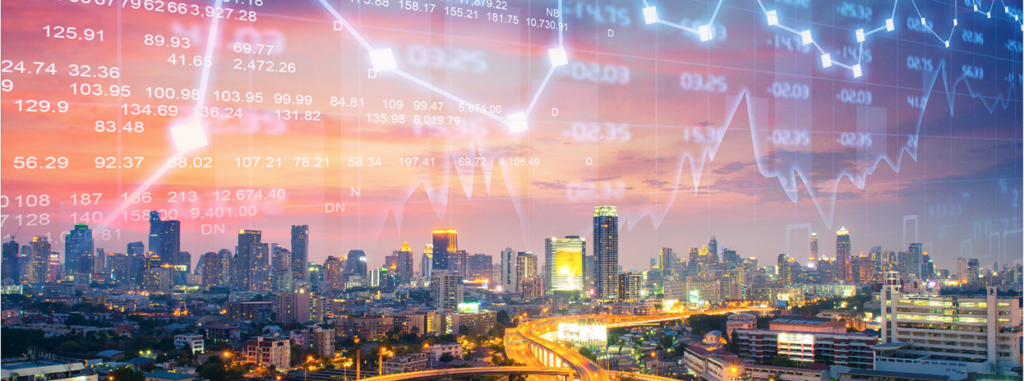Economic Update June 2019
Too much talk of recessions!
- Does anyone have a strong track record in predicting recessions?
- US and China ready to act
- Australia likely to cut rate and give a fiscal boost
The Big Picture
Most of the market volatility in recent times has been due to fears of an impending recession – in the US, in Australia, in Europe. Let’s put this nervousness in context.
Paul Samuelson, the 1970 winner of the Nobel Prize in Economics, once quipped that the stock market predicted 11 of the last five recessions!
Two and a half years ago – when Trump was about to start his first term as President – Bloomberg reported that “a pack of Nobel Laureates” gave Trump’s economic policy the “thumbs down” and one even predicted a severe recession as a result. The US has had two and a half years of very strong growth and the unemployment rate has dipped to 50 years lows.
But, perhaps, the best comment on recessions was made by an anchor on CNBC last week. He likened recession calling to badger watching in England. To paraphrase, “Badgers are rarely seen in the English countryside (they are nocturnal and live in very long inter-twined underground burrows). But we know they exist because, from time to time, we see one on the side of the road after having collided with a car.”
In short, recessions are almost impossible to predict by any economist but we know they exist and one will occasionally happen with almost no warning!
Some headline-seeking commentators are suggesting the fact that a short-term interest rate (say 90-day rate) is greater than a long rate (say the 10 year) is symptomatic of an impending recession.
In the past, central banks have sometimes forced the short-term rate higher (above the long rate) to slow down a booming economy and have gone too hard. This time the short rate has not been pumped up but the long rate has fallen on inflation expectations. There is no reasonable evidence that this phenomenon precedes recessions! Of course, we acknowledge the past possible impact of over-zealous central banks.
If Trump forces tariffs too high with China, he could cause a recession. But Trump cannot afford the US economy to stop booming before the November 2020 presidential elections. From past experience we know that China will not stand by and let its economy stumble. Both will do something – and it does not matter what – to prevent a recession or even a significant economic slow-down.
Before our Federal election, our Reserve Bank (RBA) looked reticent to cut rates and we were facing the prospect of higher capital gains tax; restrictions on negative gearing; and restrictions on franking credits. Whatever one’s shade of politics, we now face none of these four factors. The RBA has stated (with almost certainty) that it will cut rates on June 4th (and probably again a few months later) and the three tax policies are not shared by those in government.
Markets had priced in those four factors and must now unwind those expectations. Our labour market and economic growth were fine (but not great) and, on top of that, there are now to be tax rebates of more than a thousand dollars in July/August for a whole swathe of tax payers. Even if our economy wobbles for a couple of months, it looks set to bounce back in the second half of the year.
Analysing monthly data on our stock market since 1893, we note there has only been one instance (in around 1,500 months) when the market fell more than 15% in one month (the ’87 crash) and the prior month in that case fell nearly 15% as a warning. Importantly, the market then had more than doubled in just more than one year before the crash! In less than 1% of cases did the market fall more than 10% in one month.
Our thesis is simple. If we sell too early, we could miss out on big gains. And if we had sold before the peak, what would then induce us to buy back in while the market continued to climb? We would have been waiting at least 30 years after the last recession in Australia (while the US had three) from 1990 to the next! We believe it is better not to try and predict the top but to wait for it to become self-evident. The potentially small loss from a (then) previous high is likely to be small compared to the gains from the previous big lows or premature sale date!
Recessions and deceased badgers alike will, unfortunately, come and go. Investing needs strong, thorough analysis, a proven philosophy and prudent application.



